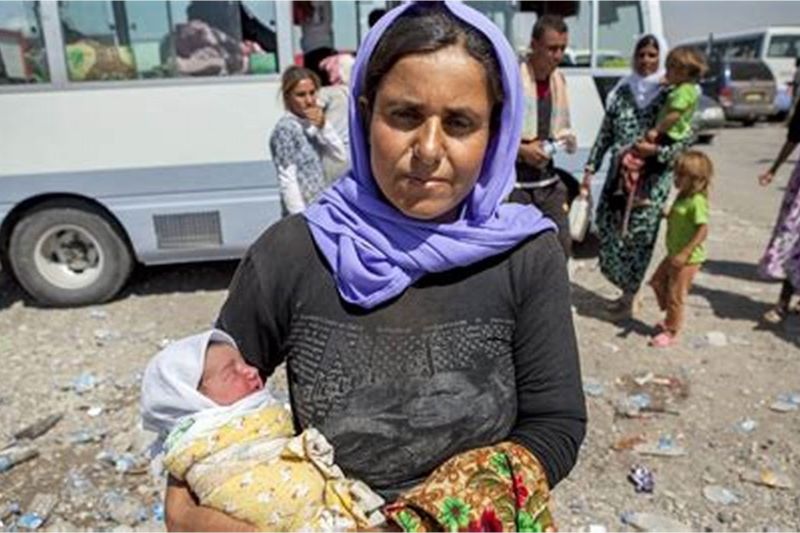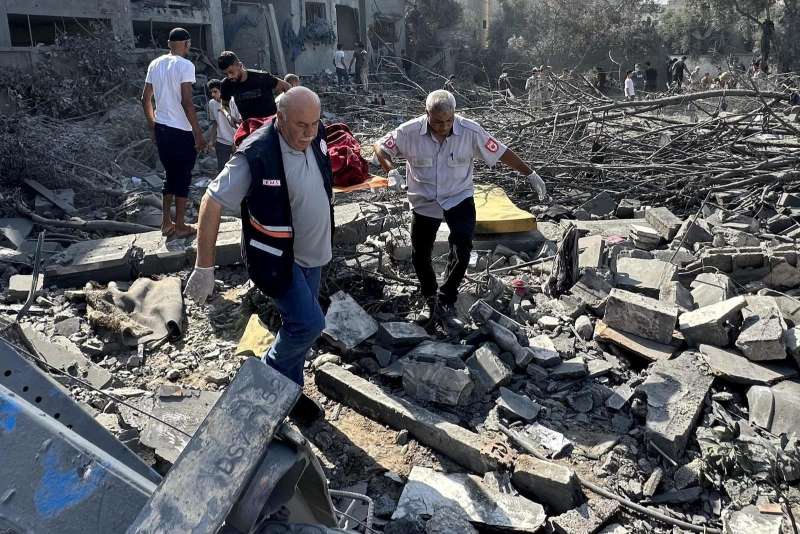World
Israeli Military Shifts Focus in Gaza Conflict Towards Counterinsurgency Operations
As Israeli approaches the conclusion of major combat operations in Rafah, the focus now shifts to an extended counterinsurgency campaign. The campaign aims to reduce troop commitments in Gaza while addressing ongoing violence and instability in the region.
Strategic Shift and Military Presence
Following intense combat in Rafah, Israeli leaders are preparing to transition towards a sustained counterinsurgency effort. This strategy aims to maintain a military presence along Gaza’s borders and strategic corridors. The shift involves lower-intensity operations, such as targeted raids and airstrikes driven by intelligence. These operations allow for the redeployment of troops to fortify Israel’s northern border amid escalating tensions with Hezbollah.
Retired Israeli brigadier general Assaf Orion, now a senior researcher at Israel’s Institute for National Security Studies, emphasized that this transition will release high-quality military assets. These assets could potentially be deployed elsewhere.
Political and Diplomatic Implications
Israeli Defense Minister Yoav Gallant, currently in Washington for talks with U.S. officials, acknowledged that the shift in strategy will impact developments on multiple fronts. This includes heightened vigilance along the Lebanese border. Where the threat from Hezbollah poses a more formidable challenge compared to Hamas.

Israeli troops penetrate Gaza hospital to seek captives
The incursion follows Israeli troops reports suggesting that hostages abducted by Hamas may be held within the hospital premises…
Prime Minister Benjamin Netanyahu underscored Israel’s readiness for various scenarios, both militarily and diplomatically, amidst calls for continued support from international partners.
Phases of the Conflict and Future Plans
During the conflict’s initial phase, Israel geared up for a ground invasion of Gaza following Hamas-led attacks, resulting in significant casualties on both sides. The ongoing second phase focuses on dismantling Hamas’s military capabilities. While the upcoming third phase is set to target remaining Hamas leaders through smaller-scale operations.
Challenges and Humanitarian Concerns
Despite the military’s strategic pivot, challenges remain in Gaza, where civilian displacement and infrastructure damage persist. Tahani Mustafa, a senior analyst at the International Crisis Group, highlighted the shift from offensive maneuvers to a garrison approach. This raises concerns about long-term governance and humanitarian aid delivery.
Future Prospects and International Response
While Netanyahu expressed reluctance towards premature ceasefire negotiations, discussions continue on establishing a sustainable governance framework for Gaza post-conflict. The absence of a clear reconstruction plan underscores ongoing diplomatic complexities and humanitarian imperatives.
Acquire a two-year Wall Street Journal print subscription with daily delivery six days a week, plus access to the WSJ digital edition on iPhone, Android, and PC. Stay informed about finance, politics, healthcare, and global developments with insightful analyses. While the print edition is exclusive to the U.S., the digital version is accessible globally around the clock. Don’t miss out on this opportunity to subscribe now and enjoy a generous 70% discount!

